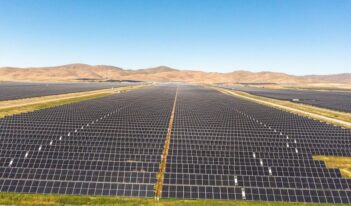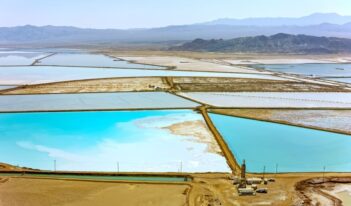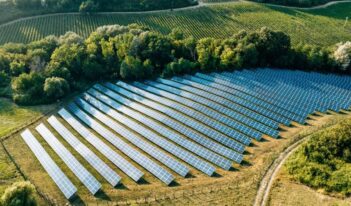
Scholars discuss methods to encourage the creation of local energy communities.
The global production and consumption of energy underlying all modern economies and societies accounts for 75 percent of greenhouse gas emission. As global temperatures continue to rise, the International Energy Agency advocates the swift transformation of the global energy system into something more sustainable.
The International Energy Agency encourages the adoption of local energy communities as a mechanism to increase general awareness of renewable energy, improve the quality of life in local communities, and foster renewable and reliable power generation.
In a recent article, Meysam Khojasteh, Pedro Faria, and Zita Vale of Portugal’s Research Group on Intelligent Engineering and Computing for Advanced Innovation and Development discuss the viability of local energy communities and decision-making mechanisms that can help them prosper.
The Khojasteh team explains that a local energy community forms when a group of individuals in a specific geographic location collaborate on small-scale renewable energy production for local consumption. It notes that the resulting systems of decentralized energy production allow for communities to share surplus energy, increasing their sustainability and lowering costs for the entire community.
The Khojasteh team explains that renewable energy production is highly variable. Solar power, for example, relies on sunlight availability and weather patterns, which fluctuate throughout the day and across seasons. This variability leads to the biggest weakness of local energy communities—the fluctuations in energy generation and consumption across a community can endanger grid reliability and lead to power interruptions, contend Khojasteh and her coauthors.
They argue, however, that energy fluctuation concerns can be addressed by increasing the flexibility built into the energy production systems. The Khojasteh team states that increased flexibility measures can prevent interruptions in energy supply, enhance local grid stability, and improve emergency response capabilities for local energy communities. Furthermore, Khojasteh and her coauthors contend that bolstered flexibility will reduce energy costs for the community through more efficient management of resources and integrated storage solutions.
To increase flexibility, the Khojasteh team recommends battery energy storage and hydrogen systems. They explain that sharing battery energy storage across a community allows excess power to be stored during high-production and low-consumption hours and then drawn upon during low-production and high-consumption times. Khojasteh and her coauthors note that hydrogen electrolyzers and fuel cells can be used together to convert excess energy into hydrogen for storage and back to energy to help balance a communities’ supply and demand. Together, these two methods ensure a reliable, efficient, and sustainable energy supply through variable periods of energy consumption and generation, argues the Khojasteh team.
Beyond the technical drawbacks for local energy communities, Khojasteh and her coauthors note that navigating the complex regulatory landscapes of various local and national energy policies can be challenging for lay people managing these communities. The Khojasteh team explains some of the more challenging hurdles are that local energy communities need to secure funding for the necessary infrastructure development, must effectively collaborate to manage large volumes of data, and need specialized technical expertise to ensure that energy systems are implemented properly and continually managed for optimized resource scheduling between members of a local energy community.
Khojasteh and her coauthors argue that the best mechanism to relieve these regulatory and management concerns is through the use of “adaptive robust optimization.” This is an advanced decision-making method that allows for adjustments as more information becomes available, explains the Khojasteh team.
It contends that adaptive robust optimization is the best method for managing local energy communities because it effectively handles uncertainties and allows for flexible decision-making in day-ahead markets, such as energy production and consumption. Khojasteh and her coauthors explain that adaptive robust optimization allows for day-ahead planning around the worst-case scenarios of production and consumption, and then can increase efficiency by reflexively adapting to fluctuations in real-time as more accurate information becomes available. This process optimizes resource allocation, minimizes costs, and helps maintain grid stability, argues the Khojasteh team.
After running several predictive models and reviewing existing studies on the matter, Khojasteh and her coauthors conclude that their advanced robust optimization method allows for more effective resource scheduling in local energy communities using uncertain renewable energy production, such as solar energy, than currently employed methods.
They note that this model relies on the adoption of battery energy storage and hydrogen systems to maximize flexibility and stability, and reduce costs for the community. Specifically, they found that battery energy storage reduces costs by 12.55 percent and that hydrogen systems further decrease costs by 37.99 percent.
Finally, the Khojasteh team encourages future studies on the scalability of local energy communities to determine the optimal size of a community for sharing energy, as well as studies on the integration of other renewable energies to increase the robustness of local energy communities.



